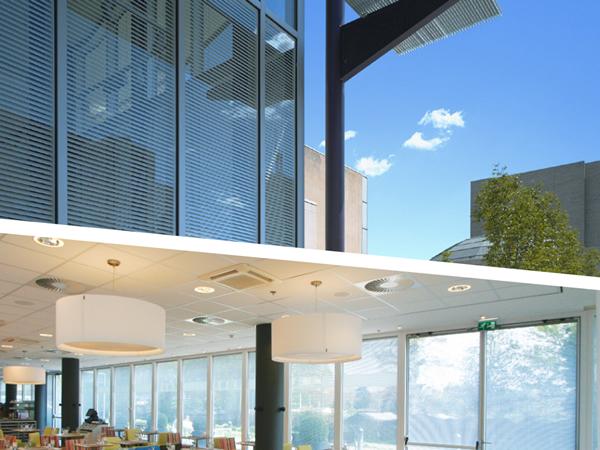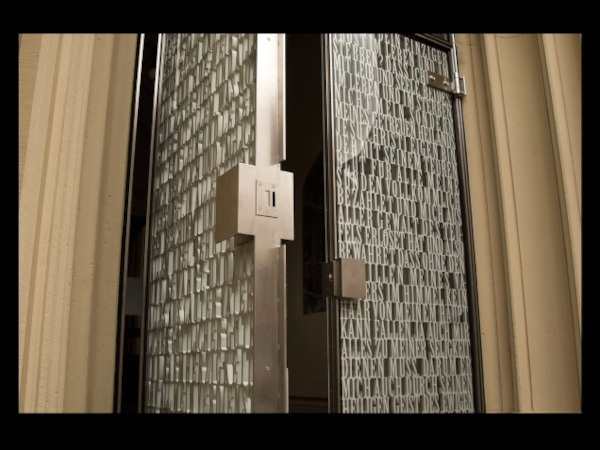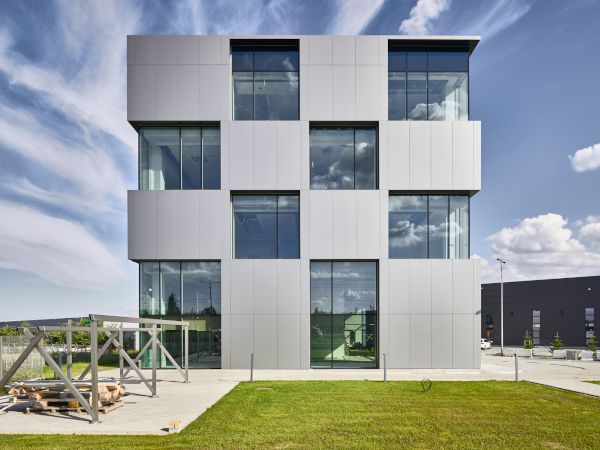
Date: 19 October 2016
Unicel Architectural, manufacturer of vision and daylight control solutions, today published an industry white paper entitled: “Integrated Louvers VS. Integrated Blinds - Picking the Right Privacy and Shading Solution for Your Design Project”.
This white paper tackles the differences and advantages of each solution and how these factor into a building’s specific privacy and shading requirements.
“When specifying glazing solutions for vision, sound, light and heat control, architects and designers often come down to a choice between integrated louvers and integrated blinds,” said Jean-Francois Couturier, CEO of Unicel Architectural.
“While the solutions share many similarities, they also have very distinct qualities and strengths that need to be considered to get the best design results. To help specifiers, this white paper examines all the requirements – both by building type and performance objectives – to recommend the most appropriate approach.”
Integrated louvers are typically hermetically sealed glass units combining louvers within glass that commonly eliminate strings and cords, ensure alignment, require no maintenance and provide the ideal daylighting or privacy solution for many building types.
Integrated blinds are usually a system of blinds that are permanently sealed within a double-glazed cavity for a dust-free environment.
The “Integrated Louvers VS. Integrated Blinds - Picking the Right Privacy and Shading Solution for Your Design Project” white paper closely examines functional needs - like thermal efficiencies, sound attenuation, adjustable visibility and more - to assess the optimal values of each solution.
It further delves into the unique needs of building types (i.e. hospitals, schools, correctional facilities, commercial buildings etc.) to ascertain a preferred design approach.
To read the white paper, visit: http://unicelarchitectural.com/en/download/literature/Unicel-IntLouversVSIntBlinds.pdf
 600450
600450









Add new comment